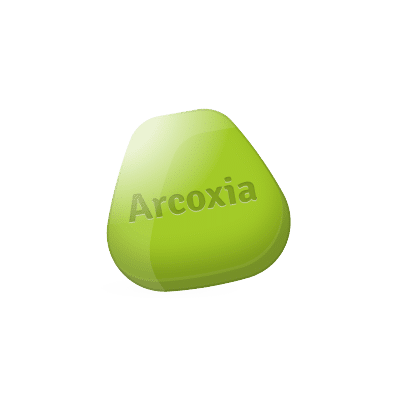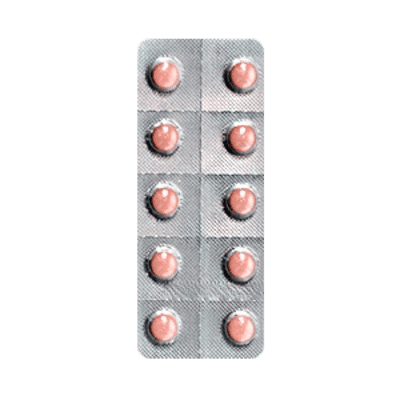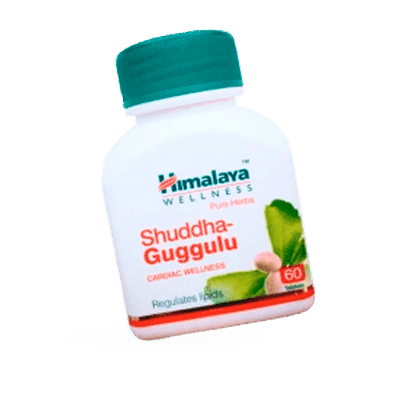The drug really helps with arthritis flare-ups. After using it, the pain goes away in a few hours, and the effect lasts almost all day. However, I noticed that with long-term use, I started having problems with blood pressure, so I use it only as needed.

Arcoxia
Active ingredients: Etoricoxib- Quality products
- Support 24/7
- Fast delivery
What is it?
Arcoxia is a drug belonging to the group of non-steroidal anti-inflammatory drugs (NSAIDs). Its main active ingredient is etoricoxib, which has a pronounced anti-inflammatory, analgesic and antipyretic effect. The drug is often used to treat various inflammatory conditions such as osteoarthritis, rheumatoid arthritis and gout, as well as to relieve pain after surgery.
One of the properties of Arcoxia is that it is a selective COX-2 (cyclooxygenase-2) inhibitor. This means that the drug specifically inhibits the enzyme involved in inflammation, which helps reduce inflammation and pain, but poses less risk to the gastrointestinal tract compared to traditional NSAIDs. However, Arcoxia should be used with caution, as it can have side effects and contraindications, especially in patients with cardiovascular diseases.
Composition
Arcoxia comes in tablet form, each containing the main active ingredient, etoricoxib. The dose of etoricoxib per tablet can vary, typically 30 mg, 60 mg, 90 mg or 120 mg, so the optimal dose can be tailored to the disease and individual patient needs.
In addition to etoricoxib, the tablets contain auxiliary components that ensure the form and stability of the drug:
- Microcrystalline cellulose
- Calcium hydrogen phosphate anhydrous
- Sodium croscarmellose
- Magnesium stearate
- Hypromellose
- Triacetin
- Indigo carmine (E132) - dye
< li>Titanium dioxide
These components form the shell and core of the tablet, ensuring stability, ease of use and protection of the active substance from external factors.
How to use?
Arcoxia is usually taken once a day, regardless of food. The tablet should be taken whole with plenty of water. The dosage and duration of treatment depend on the specific disease and the individual characteristics of the patient, so it is very important to follow the doctors recommendations.
General recommendations for the use of Arcoxia are as follows:
- For the treatment of osteoarthritis, 30 mg or 60 mg is usually prescribed once a day.
- For rheumatoid arthritis or ankylosing spondylitis, the dose may be 90 mg per day.
- For acute pain and gout attacks, 120 mg per day is prescribed, but not more than 8 days in a row.
- If long-term treatment is necessary, the lowest effective dose is recommended to reduce the dose. risk of side effects.
ol>
It is important to note that Arcoxia is not intended for long-term use at high doses, as this may increase the risk of side effects, especially cardiovascular ones.
How does it work?
Arcoxia works thanks to its active ingredient etoricoxib, which is a selective inhibitor of the enzyme cyclooxygenase-2 (COX-2). COX-2 is an enzyme involved in the synthesis of prostaglandins, substances that play a key role in the development of inflammation, pain, and an increase in body temperature. By blocking COX-2, etoricoxib reduces the production of prostaglandins, which reduces inflammation and pain.
The effect of Arcoxia is noticeable within a few hours after administration, its effect can last up to 24 hours, so the drug can be taken once a day. Due to its selectivity, Arcoxia has less effect on COX-1, another enzyme responsible for protecting the gastric mucosa. This reduces the risk of gastrointestinal side effects typical of traditional NSAIDs. However, the drug should still be used with caution in patients at risk of cardiovascular disease.
Indications
Arcoxia is prescribed for the treatment and relief of symptoms of various inflammatory and degenerative diseases, as well as for the relief of acute pain. The main indications include:
- Osteoarthritis is a degenerative disease of the joints, accompanied by pain and inflammation.
- Rheumatoid arthritis is a chronic inflammatory disease affecting the joints and surrounding tissues.
- Ankylosing spondylitis is an inflammation of the spine and disease of large joints.
- Acute attacks of gout - painful inflammation of the joints caused by the deposition of uric acid.
- Acute pain after dental or other surgical procedures.
The drug can also be used to treat short-term pain associated with injuries and various inflammatory processes. However, the choice of Arcoxia as a treatment should be based on the patients general condition and medical history.
Contraindications
Despite the effectiveness of Arcoxia, there are certain medical conditions that prevent its use. The main contraindications are:
- Known hypersensitivity to etoricoxib or any component of the drug.
- Active gastric or duodenal ulcer, as well as previous gastrointestinal bleeding.
- Severe liver failure (Children) - Pugh Class C) or active liver disease.
- Severe renal failure.
- Severe heart failure, uncontrolled hypertension, ischemic heart disease, previous stroke or other cerebrovascular disease.
- Pregnancy and breastfeeding.
- Children under 16 years of age.
Also, the drug should be used with caution in patients at risk for cardiovascular disease, since long-term use of Arcoxia may increase the likelihood of a heart attack or stroke. Before starting treatment, it is important to consult with your doctor and discuss all possible risks and alternative treatment options.
Side effects
Like all medicines, Arcoxia can cause side effects, although not everybody gets them. The most common side effects are gastrointestinal and cardiovascular reactions. It is important to be aware of possible side effects so that timely action can be taken.
The main side effects are:
- Headaches and dizziness.
- Nausea, indigestion, abdominal pain and bowel movements.
- Increased blood pressure, especially in patients with pre-existing hypertension.
- Edema associated with fluid retention.
- Allergic reactions, including rash, itching and rarely anaphylactic shock.
- Liver disorders, including increased liver enzymes.
>
>
There is also a risk of more serious side effects, such as heart attack or stroke, especially when taking high doses for a long time. If unpleasant symptoms occur, you should stop taking the drug and consult a doctor to adjust your treatment.
Frequently asked questions
Arcoxia Reviews and Experiences
I used Arcoxia for gout. The 120 mg dose almost completely relieves the pain, but the side effects were not long in coming - a feeling of weakness and dizziness appeared. Now I am trying to reduce the dose, but I still think the drug is effective.
The doctor prescribed Arcoxia for severe back pain after surgery. The product quickly relieved the inflammation and pain, but unfortunately, after a couple of days I felt heaviness in my stomach. The drug works well, but you need to carefully monitor your health.









